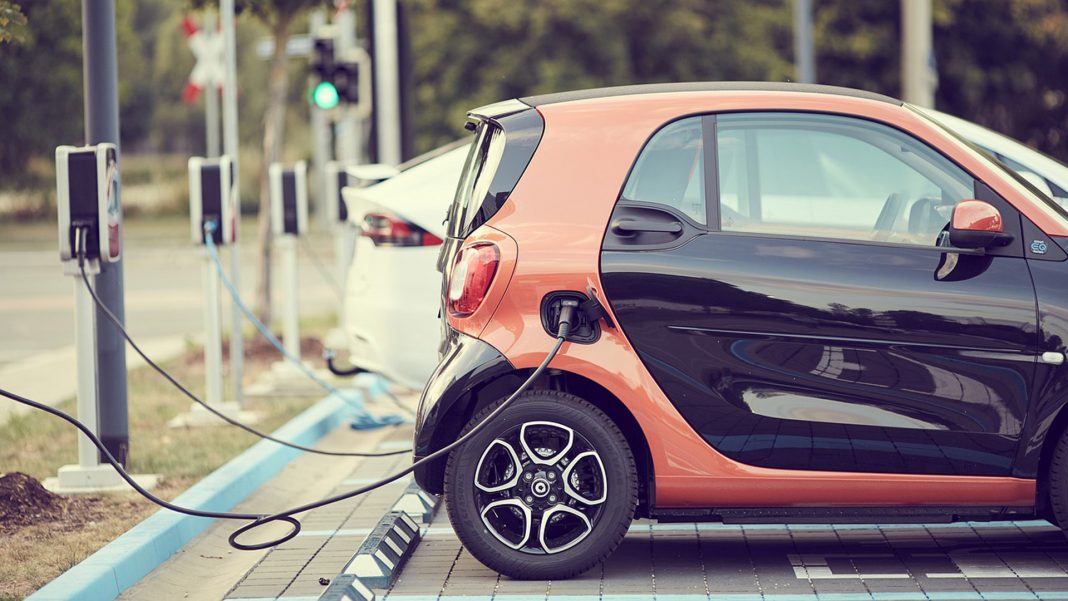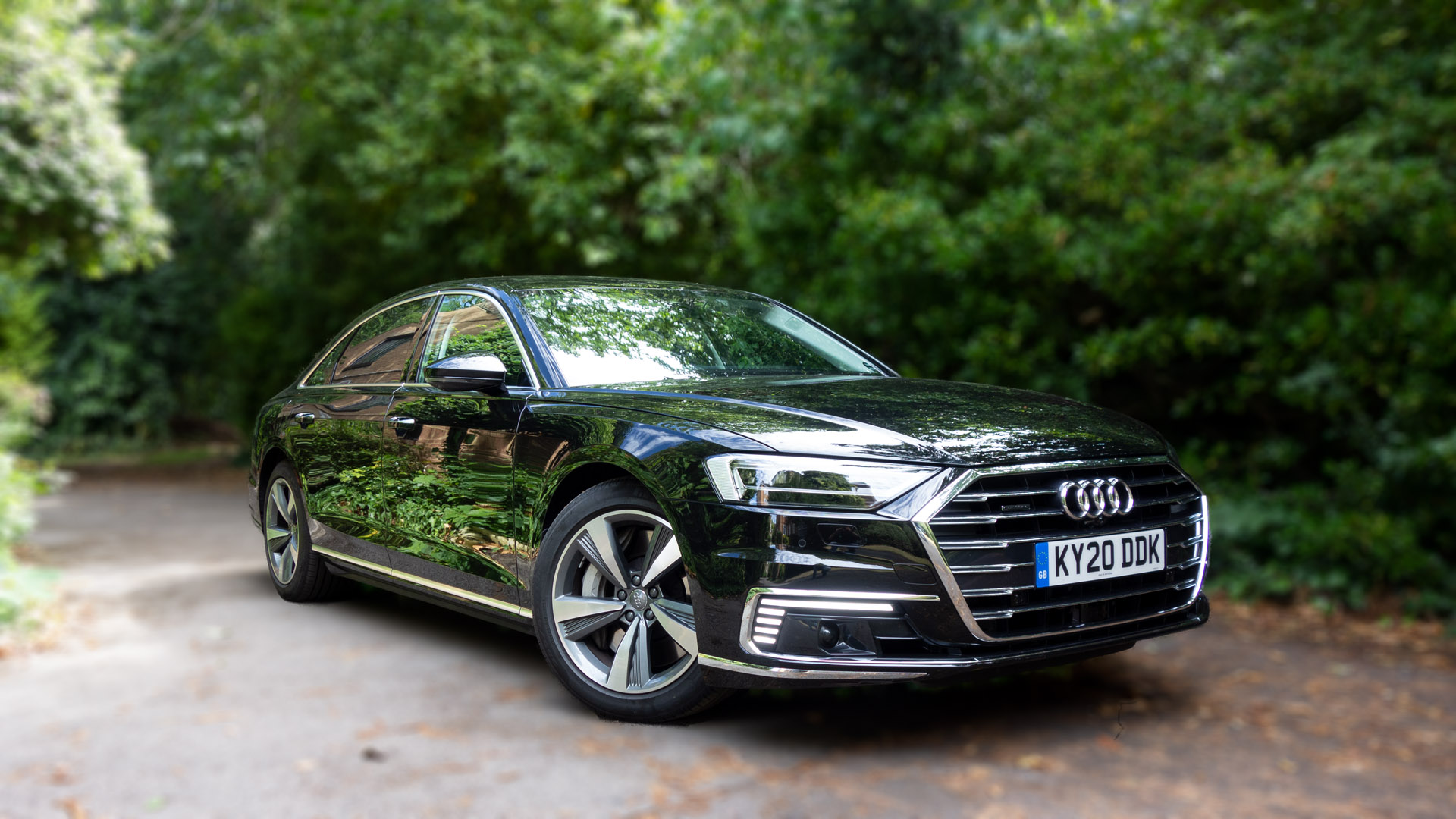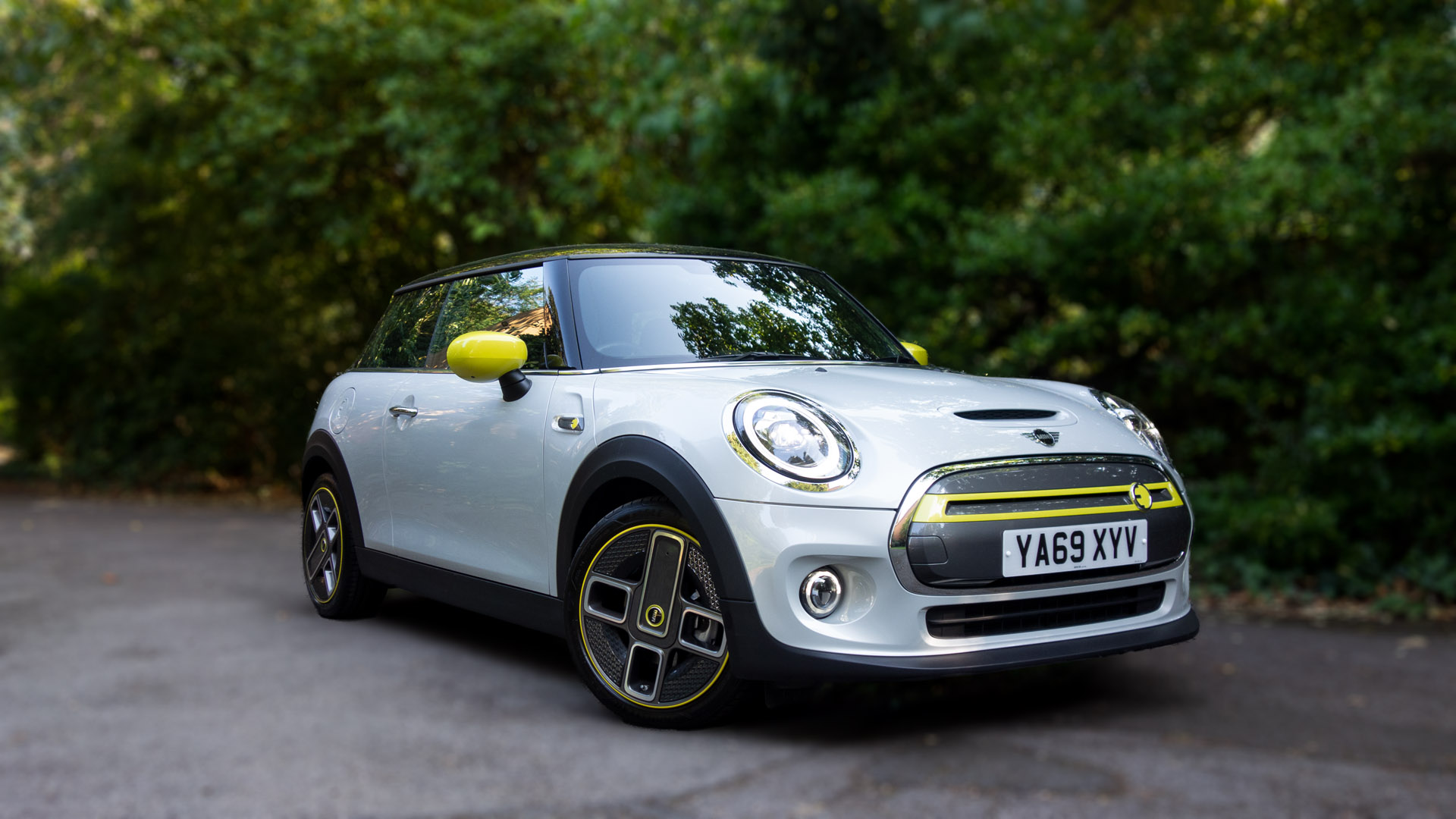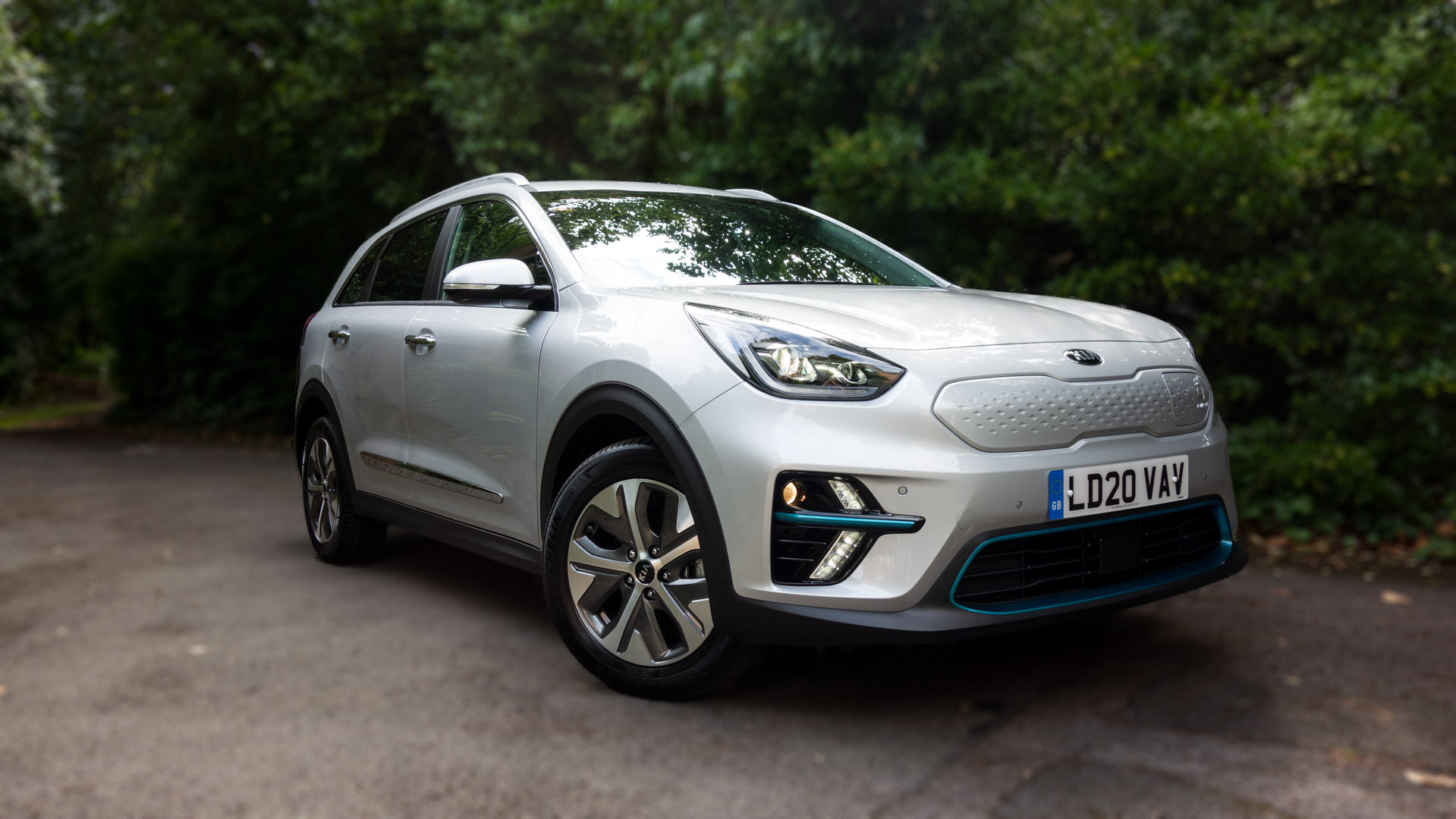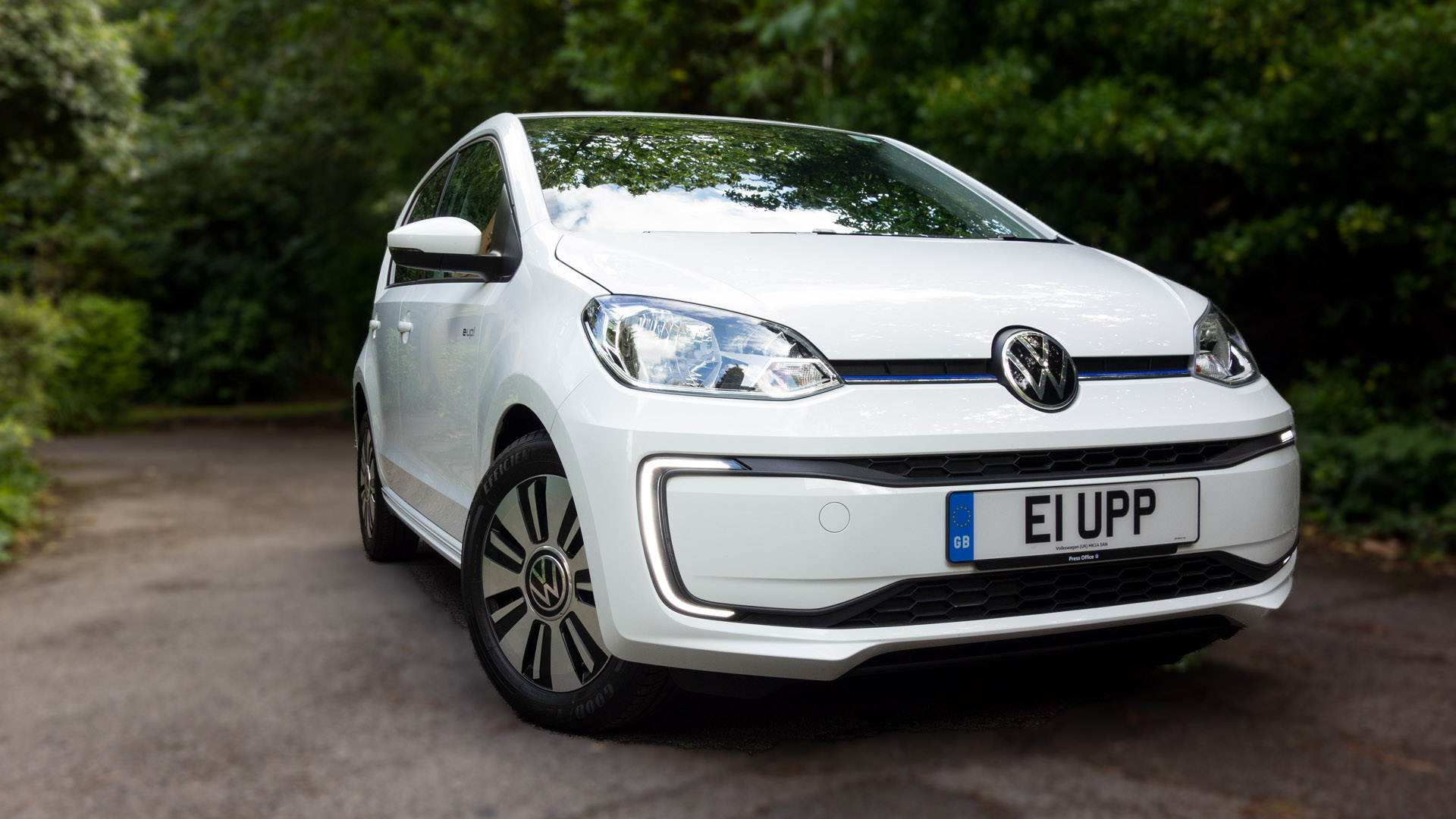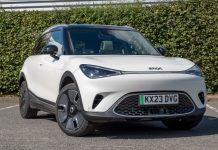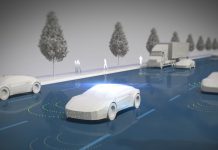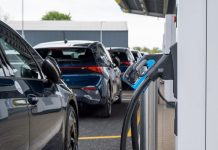In the UK, greenhouse gas emissions (GHG) from road transport made up around a fifth of the UK’s total GHG emissions in 2017. Transport accounts for 23% of the UK’s CO2 emissions, according to calculations by the Committee on Climate Change. Air pollution is the number one environmental cause of death in the European Union. For a world striving for a greener path to mobility, the stakes have never been higher.
Fortunately, as the UK looks to move towards reaching the net-zero target by 2050, emissions from road transport are likely to be significantly impacted. This, combined with the strategy to meet the 2035 ban on internal combustion engine vehicle sales, will lead to consumers moving towards electric vehicles. But accelerating their adoption still poses a significant challenge. Time is of the essence, and OEMs are looking for automotive partners that can help them address today’s EV manufacturing challenges, fast.
TotallyEV reached out to Aptiv, a global technology company focused on making mobility safer, greener, and more connected, to share their perspective on how the industry realises its collective goal of zero emissions.
Read next: Mini Electric review: Style over substance?
Changing people’s minds about charging
While public support for EVs is high – a recent survey from The Society of Motor Manufacturers and Traders (SMMT) found that consumers are interested in EV technology – those same consumers cited the top three reasons for not buying one as: higher purchase prices (52%), lack of local charging points (44%) and range anxiety (38%).
A larger, more powerful battery might help alleviate those concerns, but that trend poses its own problems. Larger batteries take up more space in an already packed EV architecture. They’re heavier, too, which means they’re more expensive and take more time to charge.
The truth is that range anxiety is more than a battery problem; it’s a whole-car problem, and one that requires a holistic perspective to solve. It’s not always about the larger, more powerful batteries, but the innovations and system-level expertise (both inside and outside the battery pack) that are helping OEMs incorporate next-gen of battery packs into their EV designs.
Buy a car phone mount on Amazon (Affiliate)
A portfolio with a whole-vehicle perspective
Take a closer look at any part of an electric vehicle and you’ll find ample evidence of innovation at work. Inside today’s more substantial and powerful battery packs you’ll find a number of high-voltage busbars. Their flatter construction design and rigidity are conducive to automated snap-in assembly and have more accurate placement by robotic arms.
Making batteries more powerful than today’s is not simple. More powerful batteries mean replacing smaller electrical conductors with larger conductors to handle the additional current — and space is tight inside battery packs.
To accomplish either goal, OEMs need to free up enough space inside a vehicle’s chassis to allow for larger batteries — plus other components, technology and hardware. Freeing up space begins with rethinking how OEMs design and utilise components in their respective architectures, starting with their wiring.
Read next: Volkswagen e-up! review: A bite-sized electric car
To make today’s EVs greener, safer and more affordable, one needs to look toward low-voltage wiring. Selective Metal Coating (SMC) technology enables the use of connected solutions that ensures vertically integrated cable manufacturing expertise. SMC paves the way for fully aluminium wiring, which can help reduce cabling mass by up to 50% versus its copper equivalent.
Additionally, it’s important the vehicle has a wide range of components and certifications that OEMs are looking for so they can manufacture EVs on a global scale. Inlets that cover both passively and actively cooled designs, as well as specs for every region in the world where OEMs are making EVs, is key.
Read next: MG ZS EV review: An affordable all-electric SUV
A mission in motion
The future is zero carbon emissions by 2050. To get there, it is integral that the adoption of electrified vehicles is accelerated and there is a conscious effort to minimise those vehicles’ total life-cycle environmental impact.
Everything in the electrified portfolio is designed to get to that future, one system-level innovation at a time – from high-voltage wiring and electrical centres to high-voltage connectors, plug-in chargers and cord sets, to architecture optimisation for mass and weight reduction.

